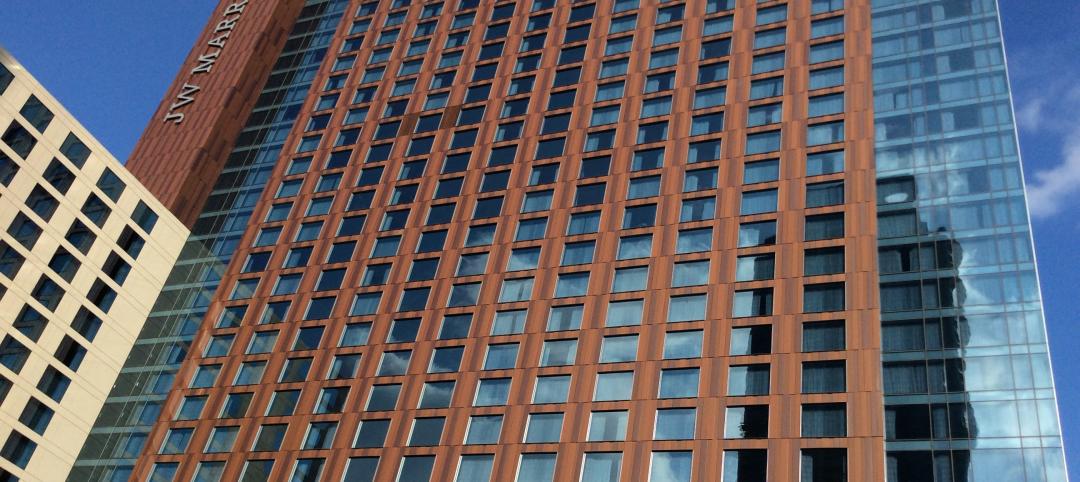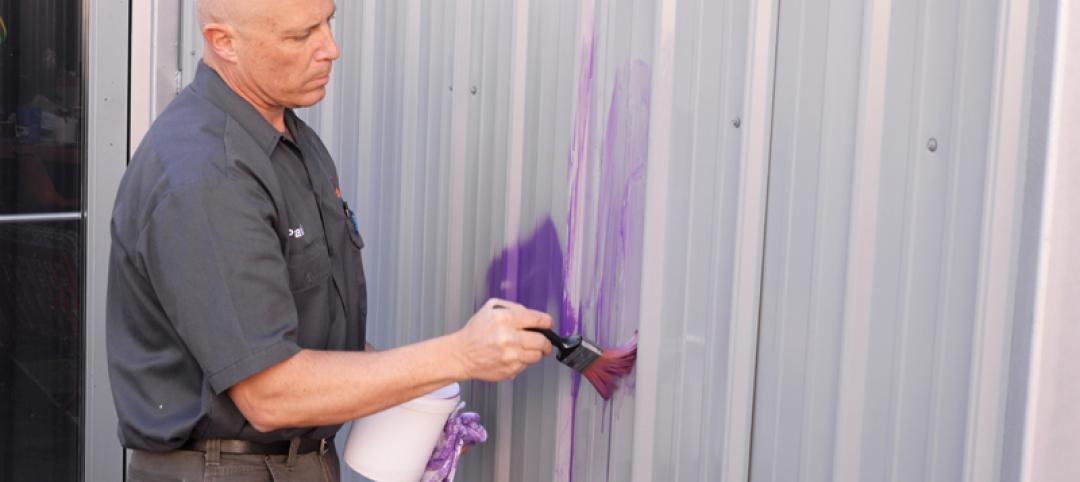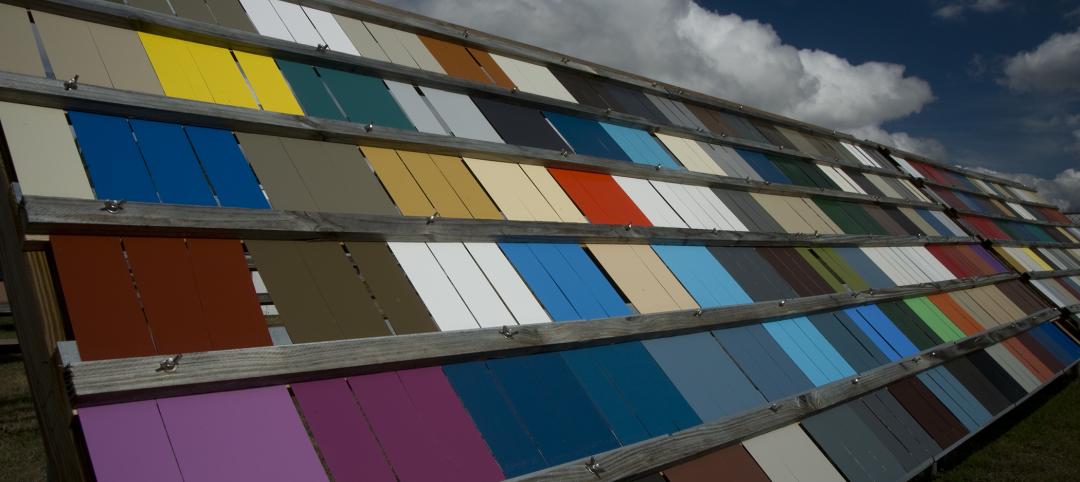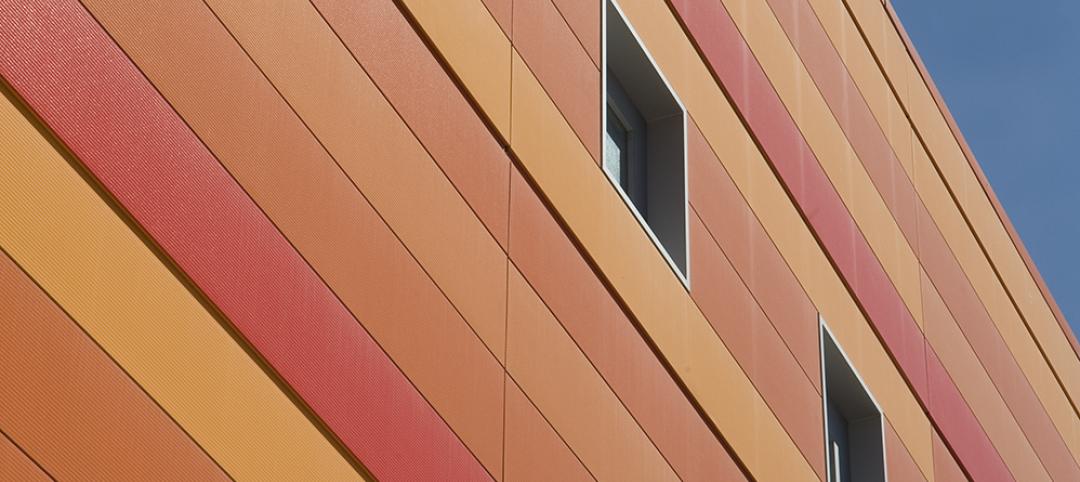Because color is incredibly subjective, personal and situational, it is difficult to study scientifically. There is no conclusive evidence to fully support one color’s beneficial effects on the human mind and body over another color. We each have our personal associations, cultural backgrounds, and even our own eyes’ abilities to differentiate colors, which vary from person to person and change as we age (for instance—did you know the lens inside our eyes tend to yellow as we get older?).
It’s been said that pink can reduce aggression in prison inmates, or that light green is calming and neutral and therefore good for hospitals and schools. The overuse of any color will lead to saturation and monotony that decreases brain activity by being visually unstimulating. However, there are recent studies that narrow their scope to look at some specific, isolated situations that apply to architecture and design.
For instance, as autism awareness becomes increasingly prevalent, there are studies and personal testimony that point to the color red, in its primary form, as being seen as super-intense, fluorescent or pulsating by some persons on the autism spectrum. For many schools—which act as a bridge from home to the outside world for these students—there is a great deal of pressure to respond to the needs of those with sensory issues and to avoid large expanses of the environment being painted in bright red. Red can be used effectively in smaller objects during occupational therapy sessions, allowing the child to adapt to the stimulus.
For those who are looking to spur innovation in the corporate world, that bright, primary red has also been shown in a University of British Columbia study to increase attention to detail, improving proofreading accuracy and alertness to errors. This is in contrast to the color blue, which the same study identified as boosting performance on creative tasks like brainstorming.
In one example, medical office software provider Kareo engaged LPA Inc. to design its new 45,450-sf headquarters at Park Place in Irvine, Calif. To accommodate the company’s rapid expansion, LPA helped envision and create a highly flexible and creative work environment that would expand and evolve to support the company and its clients’ needs. Bold uses of color and contrast were implemented throughout the office, with hues of blue and orange strategically placed to promote creativity, brainstorming and alertness.
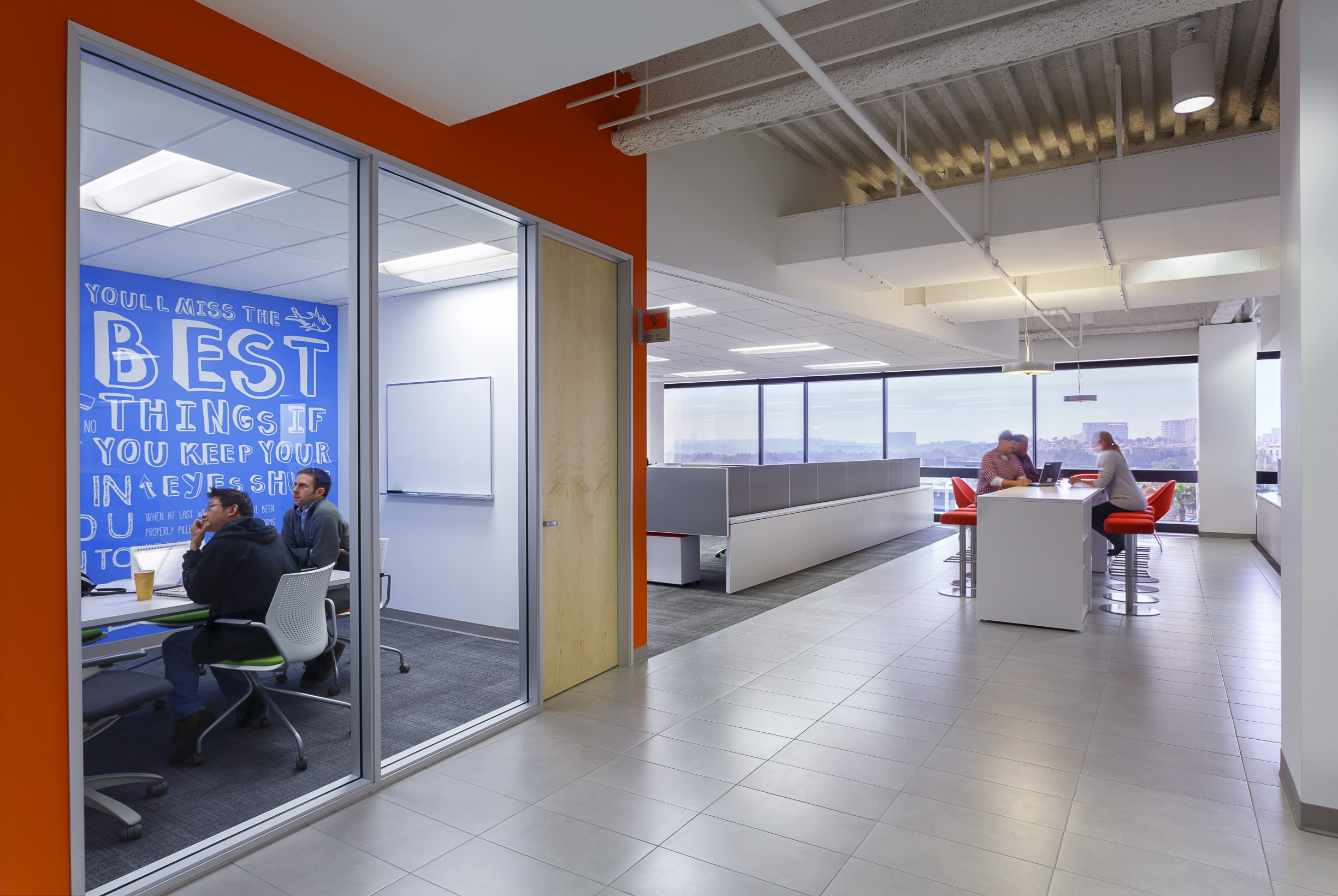
Aside from encouraging creative responses, the color blue is also being used for outdoor lighting in many places, including Scotland and Japan, due to its association with police and security and the deterrence of criminal activity.
While these previous examples focused on the benefits of any one hue over the other, it appears that in learning and working environments, having contrast and variety in the visual field increases brain activity and attention span. In schools, this means having contrasting color accent walls around the room—especially around the typically bright white writing or projection surfaces, to allow the eyes to flex back and forth from dark to light—providing short breaks for the eye muscles.
Contrast, not color alone, also is important to specific segments of the population. The nine percent of men who are color blind, as well as many adults over 40 who find difficulty differentiating colors next to each other on a color wheel, benefit from increased contrast. Designers need to draw upon this knowledge when creating healthcare environments or any community-use civic spaces frequented by the public. It is important to note that variety and balance must also be present with contrast to ensure a space is not overwhelmed by anxiety-inducing uses—think circus stripes. High contrast should be limited to highlighting moments of attention and wayfinding importance, with more subtle areas surrounding, again providing that visual relief and balance to a space.
When designing the palette for your next project, be sure to include end users in the process to gain support and to represent their specific culture and vision for the look and feel of the space. Allow for the users’ eyes to rest and provide stimulation through areas of contrast, especially at areas of long-duration focus. Consider balance in the overall palette, avoiding harsh contrasting bright colors for those with sensory issues—yet also avoid colors too dull and similar-looking to the aging eye. This will establish an aesthetically pleasing environment for all potential users of the space.
Emily Koch is an interior designer and project coordinator for LPA Inc.
Sources
Alter, Adam. (2014, February 25). Drunk Tank Pink: And Other Unexpected Forces That Shape How We Think, Feel, and Behave.
Grohol, J. (2008). Can Blue-Colored Light Prevent Suicide?. Psych Central. http://psychcentral.com/blog/archives/2008/12/13/can-blue-colored-light-prevent-suicide/
Paron-Wildes, A.J. Implications Vol. 6 Issue 4. “Sensory Stimulation and Autistic Children.” (2008).
University of British Columbia. (2009, February 6). Effect Of Colors: Blue Boosts Creativity, While Red Enhances Attention To Detail. ScienceDaily. http://sciencedaily.com/releases/2009/02/090205142143.htm
Related Stories
Sponsored | Coatings | Apr 20, 2015
Wayfinding With Color
Color’s prominent role in wayfinding has become a focus in architecture, as color association is strong and memorable for regular occupants and occasional visitors alike.
Sponsored | Coatings | Apr 20, 2015
Valspar delivers custom coating solution for JW Marriott Austin
Stunning design by HKS leaves onlookers wondering—weathered steel or coating?
Sponsored | Coatings | Apr 20, 2015
Removing graffiti without a trace
The issue of graffiti removal inspired Valspar scientists to develop a graffiti resistance system, which has been tested and approved
Sponsored | | Apr 20, 2015
MBCI coated roof and wall panels virtually graffiti proof
A new effective solution that is biodegradable and water-soluble can help building owners and municipalities save millions of dollars.
Sponsored | Coatings | Apr 13, 2015
Graffiti vandalism is on the rise
Graffiti is the most common form of vandalism, and its cleanup is burdening businesses and property owners.
Sponsored | Coatings | Apr 3, 2015
Make a statement by the sea
With salt stray and intense summer sun, coastal coatings take a real beating. When selecting a coating in these harsh environments, it is essential to select one formulated to withstand sea salt and ultraviolet rays.
Sponsored | Coatings | Mar 24, 2015
Natural weather testing ensures high quality products
Instead of relying on outside testing facilities, where it is more difficult and expensive to constantly monitor results, the test fence allows a higher level of accuracy and diligence.
Sponsored | Coatings | Mar 13, 2015
What defines a good, better or best coating system?
Resins, the base ingredient in any coating, vary in performance qualities from good to better to best. Selecting the right coating for the specific application and desired effect is key.
Sponsored | Coatings | Mar 6, 2015
How do the new Energy Star standards impact coatings?
The Energy Star 3.0 Roof Product Specs and Test Methods is changing its standards, and all coating manufacturers are required to meet the new standards by March 1, 2017.




